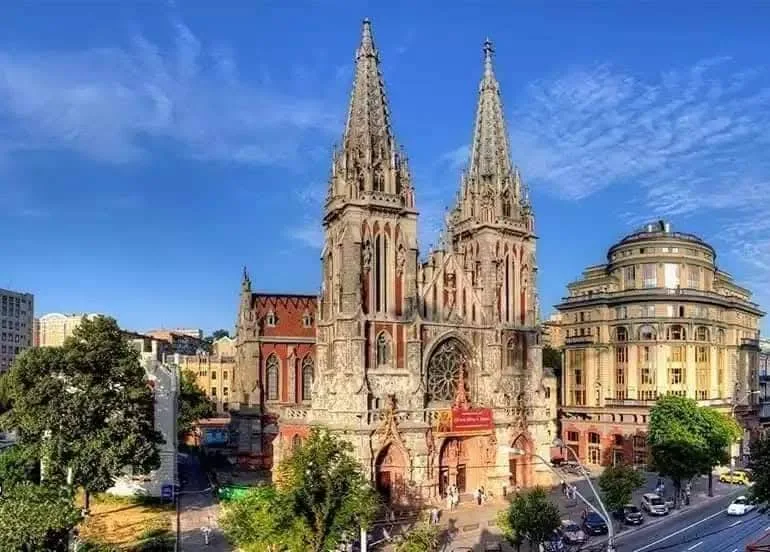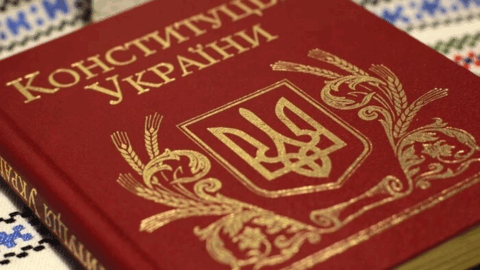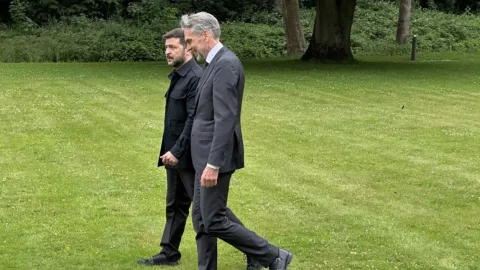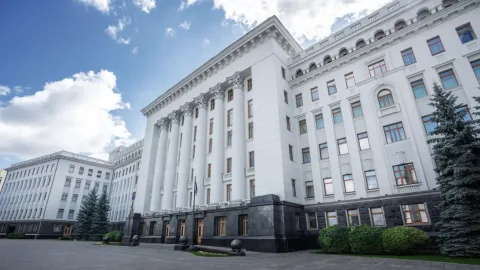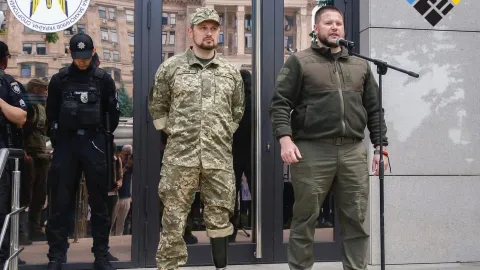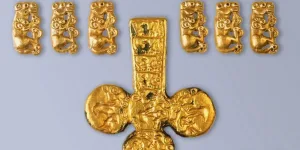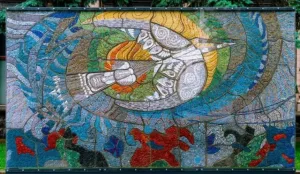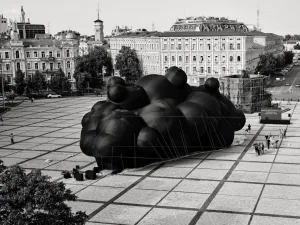On June 4, 1863, in the village of Sholudky in the Podolia Governorate, the renowned architect of Polish descent, known as the “Kyiv Gaudí,” Vladyslav Horodetskyi was born, Diaspora.ua reminds us.
He is best known as the creator of unique architectural landmarks that have become symbols of Kyiv — the House with Chimaeras, St. Nicholas Roman Catholic Cathedral (the National House of Organ and Chamber Music), the Karaite Kenesa (the Actor’s House), the National Art Museum of Ukraine, and others. He also built several masterpieces in Cherkasy.
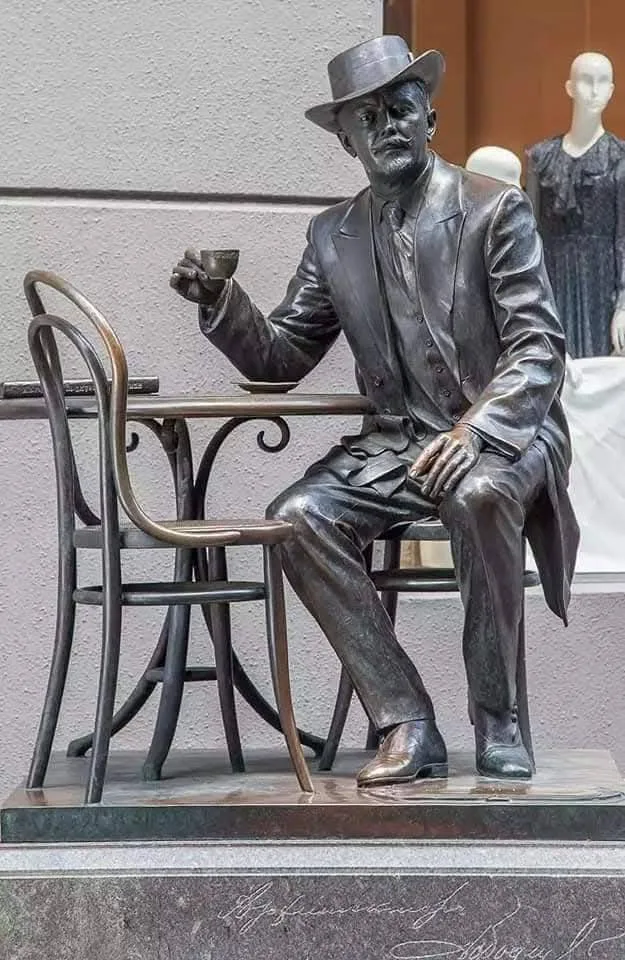
Some may also recall that architect Horodetskyi was not only a talented designer but also a successful entrepreneur and avid hunter, who often went on safaris to Africa and returned with numerous trophies. At the same time, he was a true dandy and a regular guest at Kyiv’s restaurants and cafés. He was also one of the first car owners in the city and a close friend of aircraft designer Ihor Sikorskyi. Thanks to this friendship, Horodetskyi became the first architect in Kyiv to fly in an airplane.
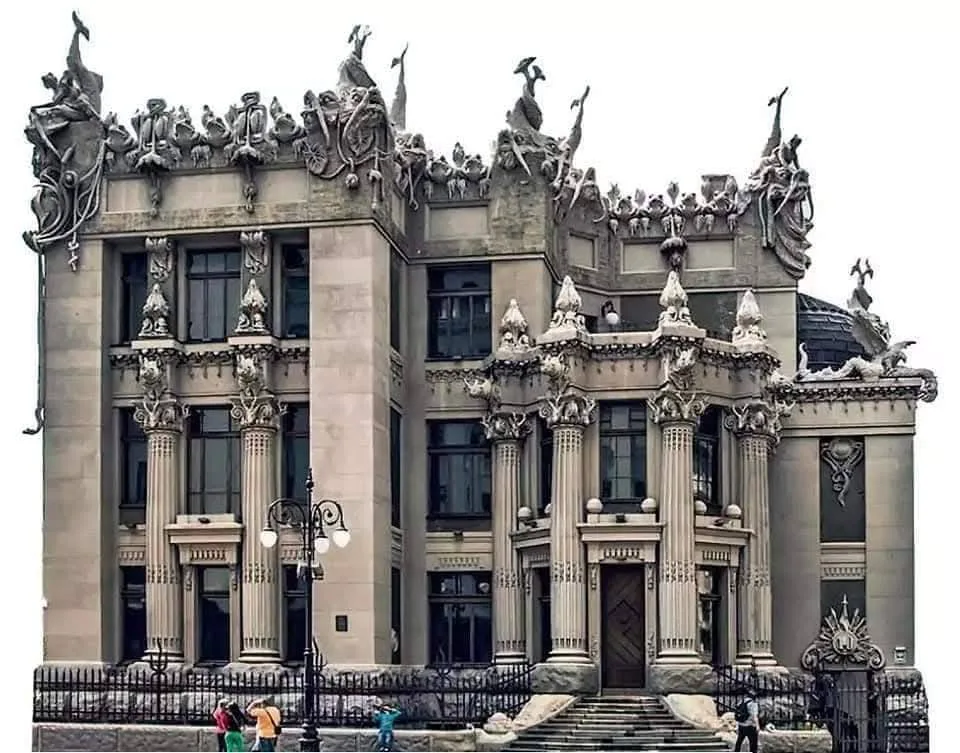
Relatively few of us know that the final period of Vladyslav Horodetskyi’s life and professional career was connected to the East.
With the Bolsheviks coming to power, in the spring of 1920, he emigrated to Poland, his ancestral homeland. Later, he ended up in Iran, where he was appointed chief architect of the “Syndicate for the Construction of Persian Railways.” There, he designed the Tehran railway station. There is also unconfirmed information that in Tehran he built a palace for the Shah and designed a hotel.
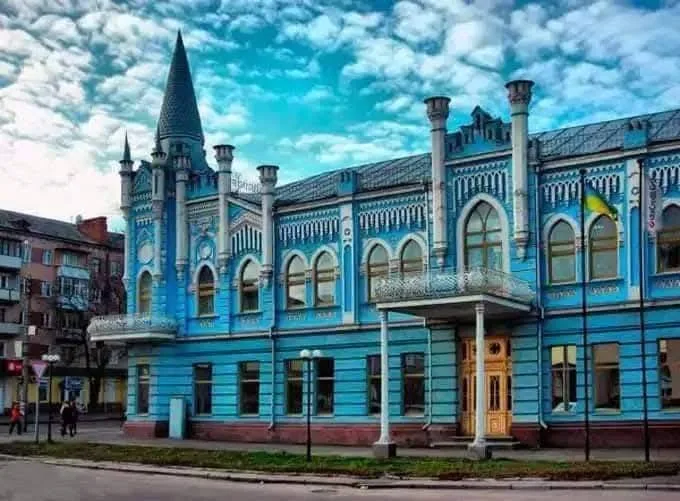
His earthly journey ended in Iran on January 3, 1930. The “Kyiv Gaudí” was buried at the Roman Catholic Dolab Cemetery in Tehran. On the gray stone, an epitaph was engraved in Polish: “Professor of Architecture. May foreign land be light upon him.”
Tags: Culture History history of ukraine kyiv ukraine history
